Can Dogs Eat Lamb? Vet Insights on This Nutritious Meat Option
- 16 Apr 2025 10:34
As loving pet owners, we're always looking for high-quality, nutritious protein sources for our dogs. Lamb, often featured in premium dog foods and seen as a slightly more novel protein, frequently raises the question: can dogs eat lamb? The answer is generally **yes**, plain, cooked lamb meat is safe and can be a highly beneficial and nutritious part of a dog's diet, either as a primary protein source in their food or as an occasional treat. However, like any food, there are important considerations regarding preparation, fat content, bones, and portion sizes that owners need to understand.
This comprehensive guide, grounded in veterinary nutritional knowledge and adhering to E-E-A-T (Expertise, Authoritativeness, Trustworthiness) principles, will explore the benefits of lamb for dogs, potential risks associated with certain cuts or preparations, the crucial difference between cooked and raw lamb, safe cooking methods, and how to incorporate it responsibly into your dog's meals or treat routine.
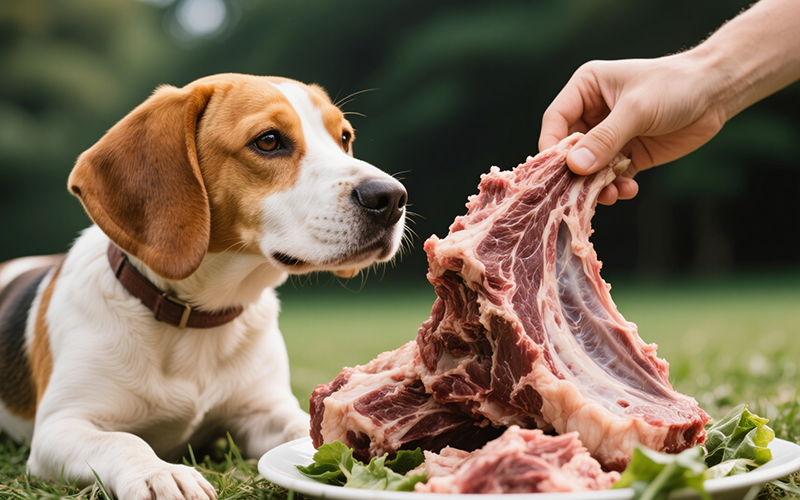
What is Lamb?
Lamb refers to the meat of young domestic sheep, typically less than one year old. Meat from older sheep is called mutton, which tends to be tougher and have a stronger flavor. Lamb is classified as red meat and is consumed worldwide.
Common cuts include:
Leg of lamb
Lamb chops (loin, rib, sirloin)
Lamb shoulder
Lamb shank
Ground lamb
Organ meats (liver, kidney - discussed separately due to nutrient density)
The cut of lamb can influence its fat content, which is an important consideration for dogs.
Is Lamb Safe and Good for Dogs? The Veterinary Perspective
Yes, veterinarians widely regard plain, cooked lamb as a **safe and high-quality protein source** for dogs. It's a common ingredient in many commercial dog foods, particularly those designed for dogs with sensitivities or allergies to more common proteins like chicken or beef.
Key points regarding its safety and suitability:
Non-Toxic: Lamb meat itself does not contain compounds inherently toxic to dogs.
Nutrient-Rich: Offers excellent protein, essential amino acids, vitamins, and minerals.
Novel Protein Potential: For dogs allergic to common proteins, lamb can sometimes be a suitable alternative (though dogs can develop allergies to lamb too).
Conditional Safety:** Safety depends entirely on:
Cooking:** Must be thoroughly cooked.
Preparation:** Must be plain (no harmful seasonings, oils, onions, garlic).
Fat Content:** Choosing leaner cuts and trimming visible fat is crucial.
Bones:** Cooked lamb bones are extremely dangerous.
Moderation:** If given as a treat or supplement.
Therefore, the answer to "is lamb good for dogs?" is yes, provided it's prepared and served correctly.
Nutritional Benefits of Plain Cooked Lamb for Dogs
Lamb offers a wealth of nutritional benefits when incorporated appropriately into a dog's diet:
High-Quality Complete Protein: Rich in essential amino acids necessary for muscle growth and maintenance, tissue repair, enzyme production, and overall health.
Essential Fatty Acids: Contains both omega-3 and omega-6 fatty acids, although the ratio can vary. These support healthy skin and coat, reduce inflammation, and contribute to cardiovascular and cognitive health.
Excellent Source of B Vitamins: Particularly rich in:
Vitamin B12 (Cobalamin): Crucial for nervous system function, brain health, and red blood cell formation.
Niacin (B3): Important for energy metabolism and skin health.
Riboflavin (B2): Involved in energy production.
Pantothenic Acid (B5): Key component in energy metabolism.
Pyridoxine (B6): Vital for amino acid metabolism and neurotransmitter synthesis.
Rich in Essential Minerals:
Zinc: Essential for immune function, wound healing, skin health, and thyroid function. Lamb is a particularly good source.
Iron: Contains readily absorbable heme iron, vital for oxygen transport in the blood via hemoglobin.
Selenium: An important antioxidant mineral supporting immune and thyroid health.
Phosphorus: Works with calcium for strong bones and teeth.
Palatability: Many dogs find the taste of lamb highly appealing, making it useful for picky eaters or as a high-value training treat.
These benefits of lamb for dogs make it a valuable dietary component when handled correctly.
Potential Risks and Concerns When Feeding Lamb
While nutritious, feeding lamb isn't without potential pitfalls:
1. Cooked Lamb Bones: EXTREMELY DANGEROUS!
This is the most critical risk associated with feeding leftover lamb (like chops or roasts). **NEVER give cooked lamb bones (or any cooked bones) to your dog.**
Why?:** Cooking makes bones brittle and prone to splintering into sharp shards.
Dangers:** These splinters can cause choking, severe lacerations/perforation of the mouth, throat, esophagus, stomach, or intestines (potentially fatal emergency), intestinal obstruction, constipation, and dental fractures.
Rule:** Always remove all bones from cooked lamb before serving any meat to your dog.
2. High Fat Content & Pancreatitis Risk
Some cuts of lamb (like shoulder chops or certain roasts) can be quite high in fat. Even leaner cuts have marbling.
Pancreatitis: High-fat meals are a primary trigger for pancreatitis, a painful and potentially life-threatening inflammation of the pancreas.
Obesity: Excess fat contributes significant calories, leading to weight gain.
GI Upset: Rich, fatty meat can cause vomiting and diarrhea.
Mitigation: Choose leaner cuts (like leg or loin, well-trimmed), trim *all* visible fat before cooking, and drain excess fat after cooking. Moderation is key.
3. Raw Lamb Risks (Bacteria & Parasites)
Feeding raw lamb carries inherent risks:
Bacterial Contamination: Raw lamb can harbor harmful bacteria like Salmonella, E. coli, and Listeria, which can cause severe gastroenteritis in dogs and pose a zoonotic risk (transmissible to humans).
Parasites: Although less common in commercially inspected lamb in many countries, raw meat can potentially carry parasites like *Toxoplasma gondii*.
Recommendation: Thorough cooking kills these pathogens. Feeding raw meat requires strict sourcing and handling protocols and should ideally be discussed with a veterinarian knowledgeable in raw diets. For most owners, cooked lamb is far safer.
4. Harmful Seasonings and Preparations
Lamb prepared for humans is often seasoned in ways that are dangerous for dogs:
Garlic and Onions (Powder, Fresh): Frequently used with lamb but are **TOXIC** to dogs, causing hemolytic anemia.
Excessive Salt: Harmful to dogs, especially those with heart or kidney issues.
Oils/Butter Used in Cooking: Add unnecessary fat.
Marinades/Sauces: Often contain high salt, sugar, spices, garlic, onion, or even alcohol.
Only **plain, unseasoned cooked lamb** is safe.
5. Lamb Allergies
While often used as a novel protein for dogs with allergies to chicken or beef, dogs *can* still develop allergies to lamb.
Symptoms: Itching, skin infections, ear infections, digestive upset (vomiting/diarrhea).
Action: If you suspect an allergy, discontinue feeding lamb and consult your vet.
Raw vs. Cooked Lamb for Dogs: Safety First
As highlighted in the risks section, **cooked lamb is the significantly safer choice** for most dog owners:
Raw Lamb Risks:** Bacteria (Salmonella, E. coli, Listeria), potential parasites. Poses risks to both dog and human household members.
Cooked Lamb Benefits:** Cooking to a safe internal temperature (typically 160°F or 71°C for ground lamb, slightly less for whole cuts depending on preference, but ensure thorough cooking for dogs) kills harmful bacteria and parasites. It also makes the meat easier to digest.
Unless you are working closely with a veterinary nutritionist on a carefully planned raw diet with stringent safety measures, stick to thoroughly cooked lamb.
Safe Preparation: How to Cook Lamb for Your Dog
Preparing lamb safely for your dog is straightforward:
Choose Lean Cuts: Opt for leaner options like leg of lamb or loin chops.
Trim Visible Fat: Remove as much visible fat as possible before cooking.
Remove ALL Bones:** Ensure the cut is boneless, or carefully remove all bones after cooking but before serving. **Double-check!**
Cook Plain:** Choose a simple cooking method:**Crucial: Do NOT add ANY salt, pepper, garlic, onion, herbs, spices, oils, butter, marinades, or sauces.** Plain only!
Boiling/Simmering: Cook lamb pieces in plain water until no longer pink inside.
Baking/Roasting:** Cook plain lamb pieces on a baking sheet (perhaps with a rack to allow fat to drip away) until cooked through.
Grilling (Plain):** Grill plain lamb pieces until cooked through, avoiding charred areas.
Pan-Searing (Minimal/No Fat):** Sear plain lamb pieces in a non-stick pan with minimal or no added oil until cooked.
Drain Excess Fat: If cooking method yields fat (e.g., baking, pan-searing), drain it off thoroughly.
Cool Completely: Let the cooked lamb cool down fully.
Chop or Shred: Cut the cooked lamb into small, bite-sized pieces suitable for your dog's size.
This ensures the cooked lamb for your dog is safe and healthy.
Serving Size: How Much Lamb Can Dogs Eat?
Lamb, especially if used as a treat or supplement, should be given in moderation:
Part of a Balanced Diet: If using lamb as the primary protein in a commercial or vet-formulated diet, follow the feeding guidelines for that specific food.
As a Treat/Supplement: Follow the 10% rule – all treats combined (including lamb) should not exceed 10% of your dog's total daily caloric intake.
Fat Content Consideration: Lamb can be richer than chicken or whitefish, so start with smaller amounts than you might for leaner meats, especially if your dog has a sensitive stomach or pancreatitis history.
Practical Amounts (Plain Cooked, Lean Lamb Pieces as Treats):**Adjust based on your dog's size, activity, weight goals, and overall diet.
Small Dogs: A few tiny pieces (e.g., 1/2 tablespoon).
Medium Dogs: A tablespoon or two.
Large Dogs: A few tablespoons.
Introduce Slowly: Offer a very small amount initially to check for tolerance (GI upset or allergies).
Table: Lamb Safety Summary for Dogs
| Lamb Product | Safety Status for Dogs | Key Concerns / Notes |
| Plain Cooked Lamb Meat (Lean, Boneless) | Safe (in moderation) | Ensure lean, boneless, unseasoned. Risk of pancreatitis if too fatty. Potential allergy. |
| Cooked Lamb Bones | DANGEROUS - NEVER FEED | Splintering risk (perforation, choking, obstruction), dental fractures. |
| Raw Lamb Meat | Not Recommended (Unless Expert Guided) | High risk of bacteria (Salmonella, E. coli), potential parasites. Zoonotic risk. |
| Raw Lamb Bones | High Risk / Not Recommended | Bacterial risk, potential parasites, dental fracture risk, choking/obstruction risk. |
| Lamb Cooked with Seasonings (Garlic, Onion, Salt, etc.) | UNSAFE - AVOID | Toxic ingredients (garlic/onion), high sodium, excess fat. |
| Lamb Fat Trimmings (Cooked or Raw) | UNSAFE - AVOID | Very high fat -> High pancreatitis risk, GI upset, obesity. |
| Lamb Organ Meats (Liver, Kidney - Cooked) | Safe (in *very* strict moderation) | Very nutrient-dense. Liver = high Vitamin A (toxicity risk if overfed). Kidney = filtering organ. Feed tiny amounts infrequently. |
When to Call the Vet After Feeding Lamb
Contact your veterinarian if your dog:
Ingests **cooked lamb bones**.
Eats lamb seasoned with **garlic, onion**, or other toxic ingredients.
Consumes a large amount of **fatty lamb** or lamb fat trimmings.
Shows signs of **pancreatitis** (vomiting, diarrhea, abdominal pain, lethargy) after eating lamb.
Develops severe or persistent **vomiting or diarrhea**.
Shows signs of an **allergic reaction** (itching, hives, swelling).
Shows signs of **choking or obstruction** (gagging, difficulty breathing, persistent vomiting, lethargy).
Need Quick Pet Health & Nutrition Info? PettureX Can Help!
Navigating pet nutrition requires reliable information. For quick answers and AI-powered support, consider the PettureX App.
PettureX features include:
Food Safety Information: Check general guidelines on feeding human foods like lamb to pets.
AI Symptom Analysis: If your pet shows unusual symptoms after eating, input the details for preliminary AI insights.
24/7 AI Vet Consultation: Get immediate answers to questions like, "What are the signs of pancreatitis in dogs?" or seek guidance on managing dietary indiscretions anytime.
PettureX offers valuable, instant support. Remember, however, it provides preliminary guidance and **cannot replace professional veterinary diagnosis, treatment, or personalized nutritional advice.** Always consult your local veterinarian for medical concerns and specific dietary recommendations.
Conclusion: Lamb Can Be Great, But Preparation is Everything
So, can dogs eat lamb? **Yes**, plain, cooked, boneless, lean lamb meat is a safe, nutritious, and often highly palatable food source for dogs when fed in moderation.
Key Takeaways:
Benefits: Excellent source of protein, B vitamins, zinc, iron, and selenium.
Safety Requirements: MUST be **cooked thoroughly**, **boneless**, **lean** (fat trimmed), and served **plain** (no harmful seasonings).
Major Risks to Avoid: **COOKED BONES ARE LETHAL**. High fat content (pancreatitis risk). Raw lamb (bacterial/parasite risk). Toxic seasonings (garlic/onion).
Moderation: Feed as a treat or supplement according to the 10% rule, or as part of a balanced diet.
Consult Your Vet: Especially if your dog has health issues or if you plan to make significant dietary changes.
By understanding how to prepare lamb safely and avoiding the associated dangers (especially cooked bones and excess fat), you can confidently incorporate this nutritious meat into your dog's treat rotation or diet, contributing positively to their health and enjoyment.
Related
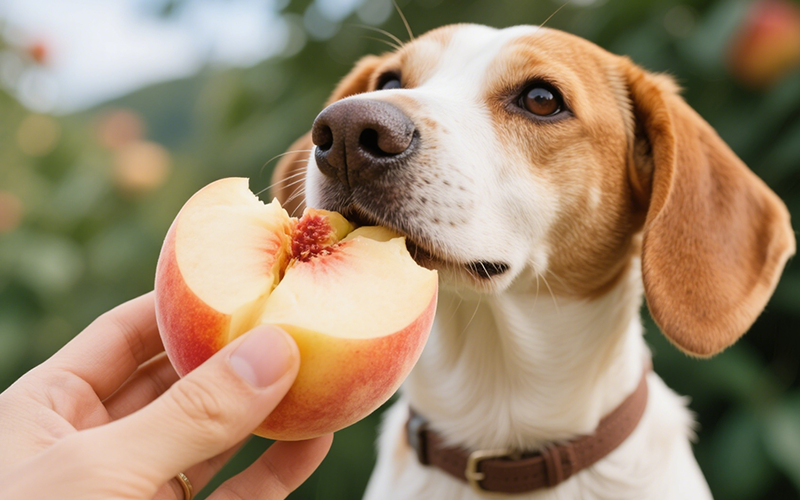
Can Dogs Eat Peaches? Vet Explains Benefits, Cyanide Risks & Safe Serving
- 16 Apr 2025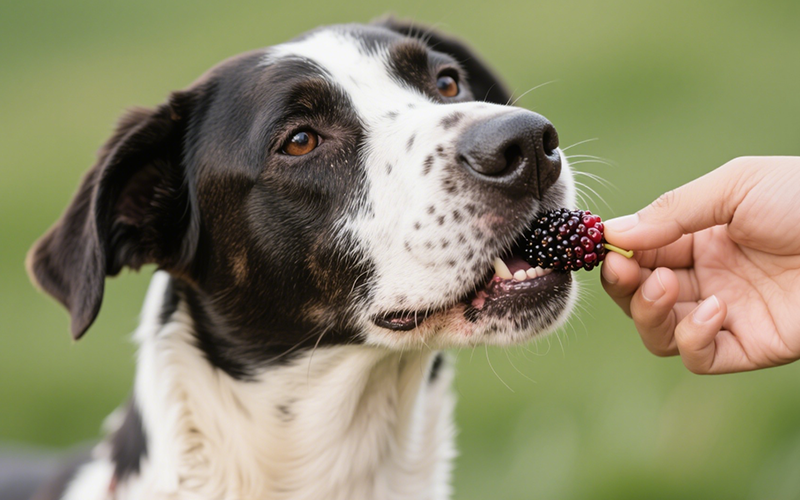
Can Dogs Eat Mulberries? Vet Explains Safety, Benefits & Potential Risks
- 16 Apr 2025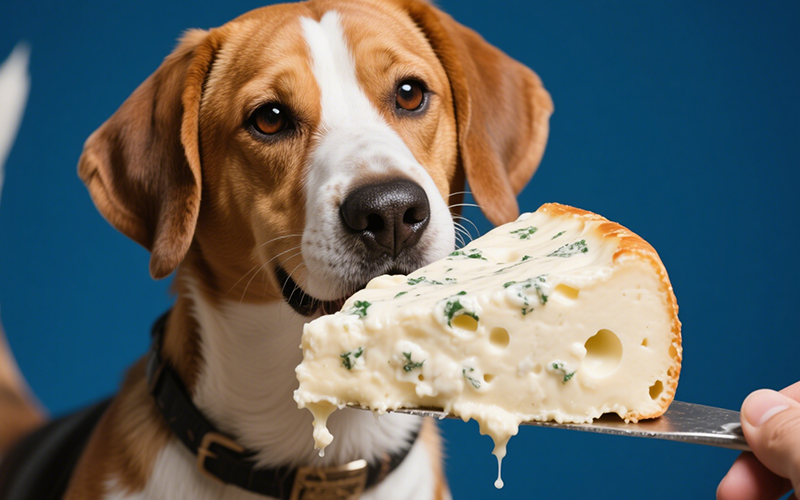
Can Dogs Eat Mozzarella? Vet Explains the Cheesy Truth (Risks & Benefits)
- 16 Apr 2025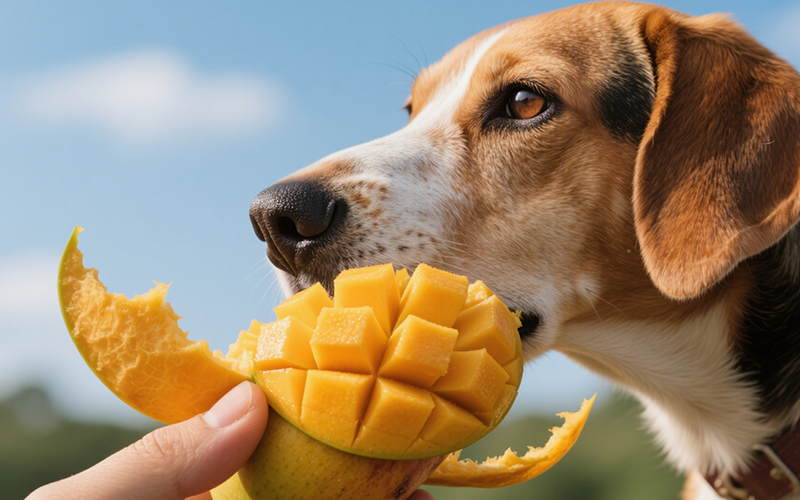
Can Dogs Eat Mango Skin? Vet Explains Why It's a Risky Chew!
- 16 Apr 2025
Can Dogs Eat Maple Syrup? The Sugary Truth & Why Vets Advise Against It
- 16 Apr 2025
Can Dogs Eat Mac n Cheese? Vet Explains Why This Comfort Food Is Unsafe!
- 16 Apr 2025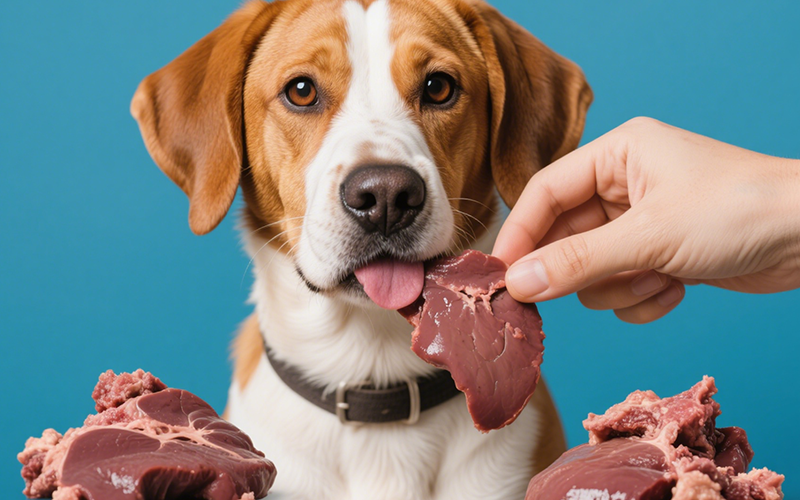
Can Dogs Eat Liver? Vet Guide to This Nutrient-Dense Organ Meat (Benefits & Risks!)
- 16 Apr 2025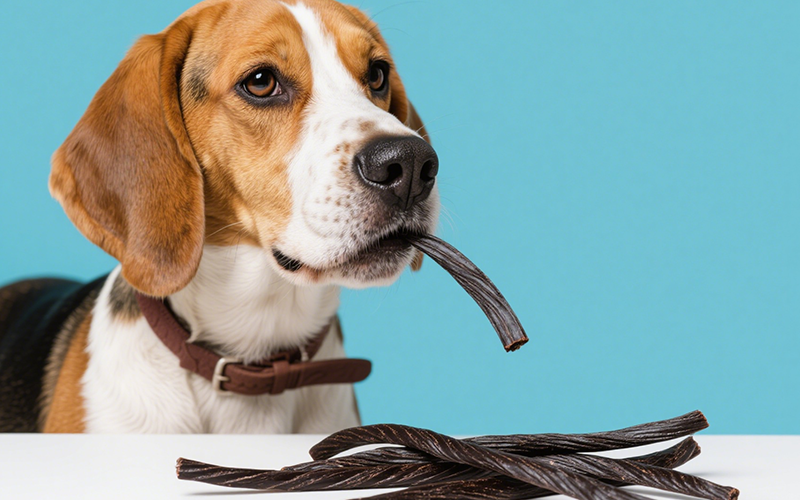
Can Dogs Eat Licorice? The Sweet Danger & Glycyrrhizin Risk Explained by Vets
- 16 Apr 2025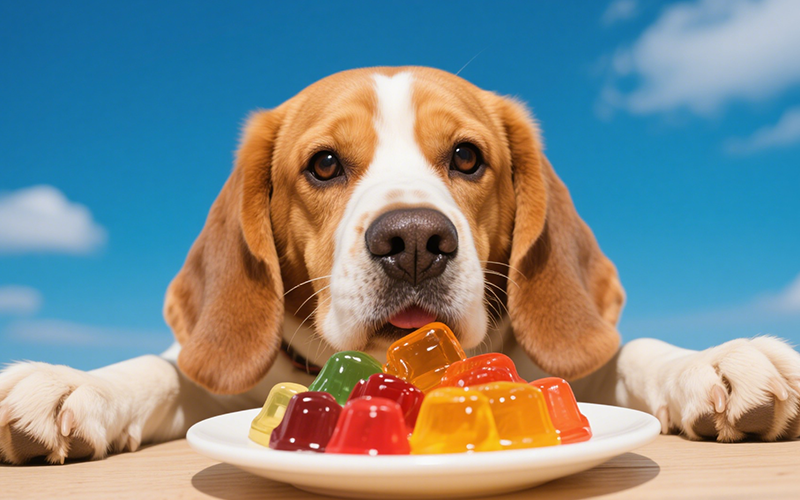
Can Dogs Eat Jelly? The Sweet Truth About Sugar, Xylitol & Why Vets Say No!
- 16 Apr 2025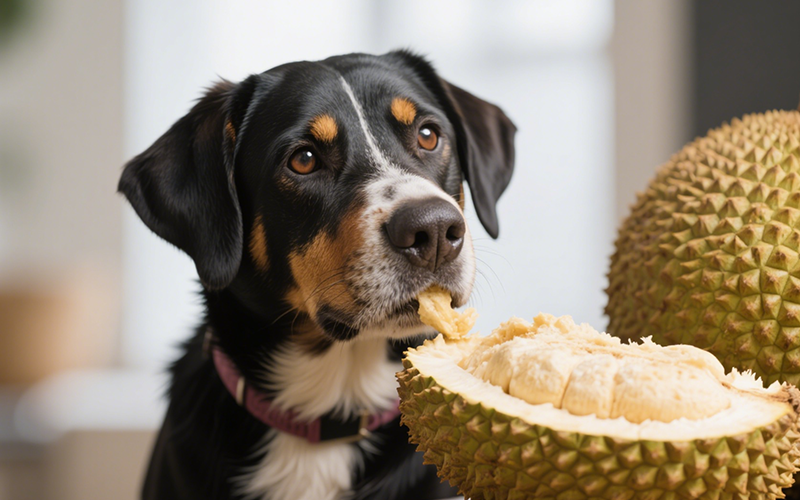
Can Dogs Eat Jackfruit? Vet Explains Potential Risks & Safe Preparation
- 15 Apr 2025
